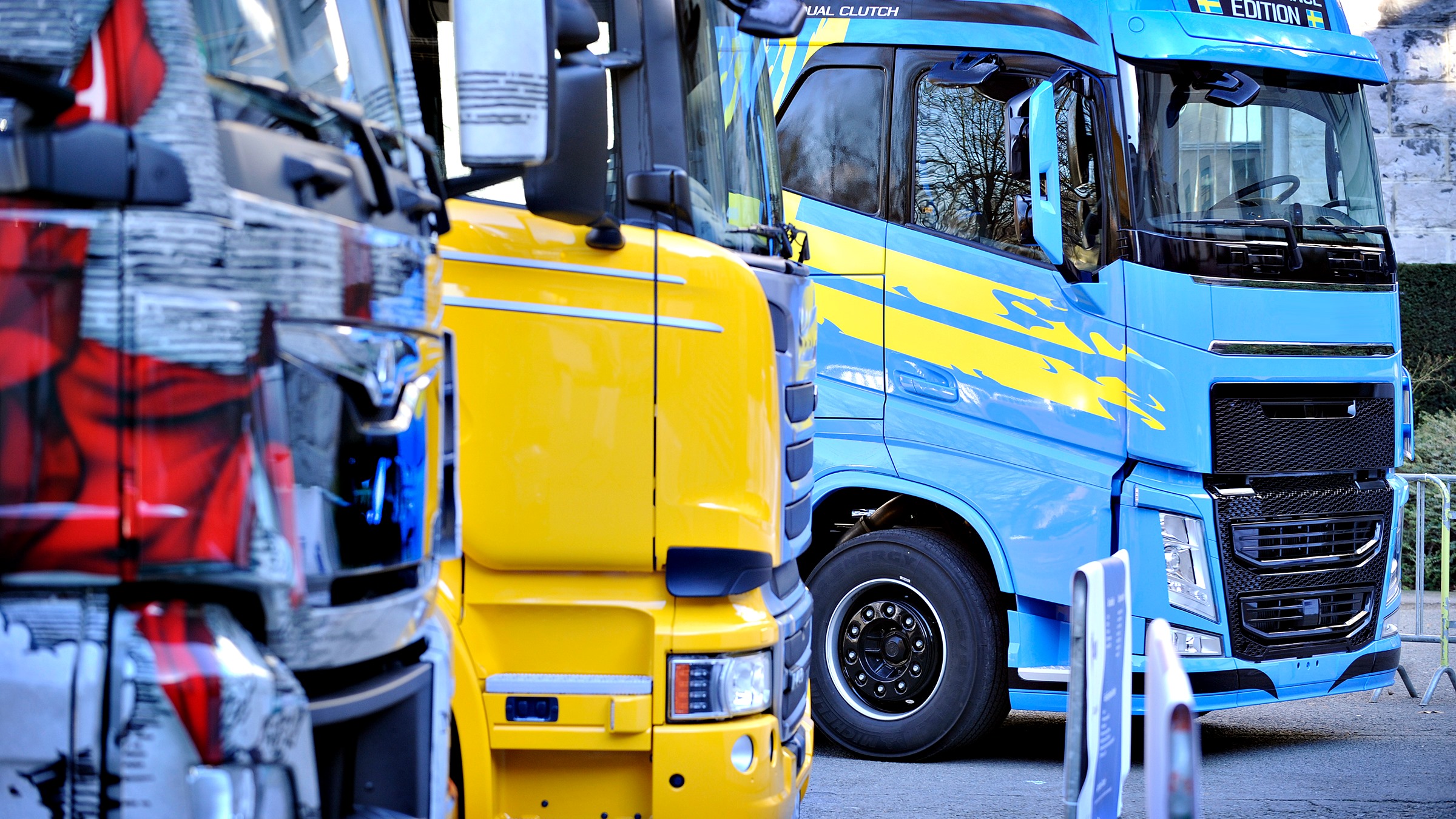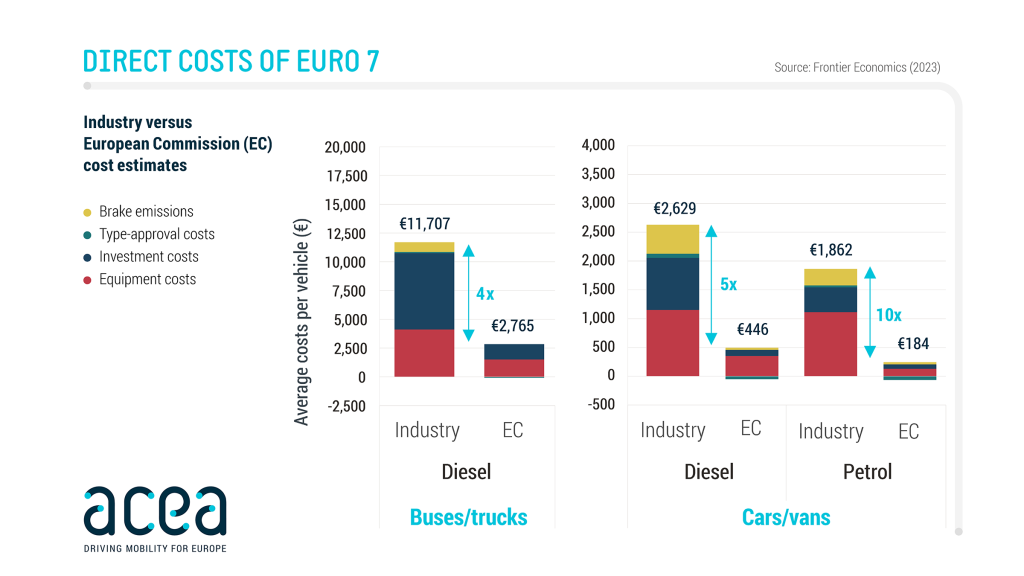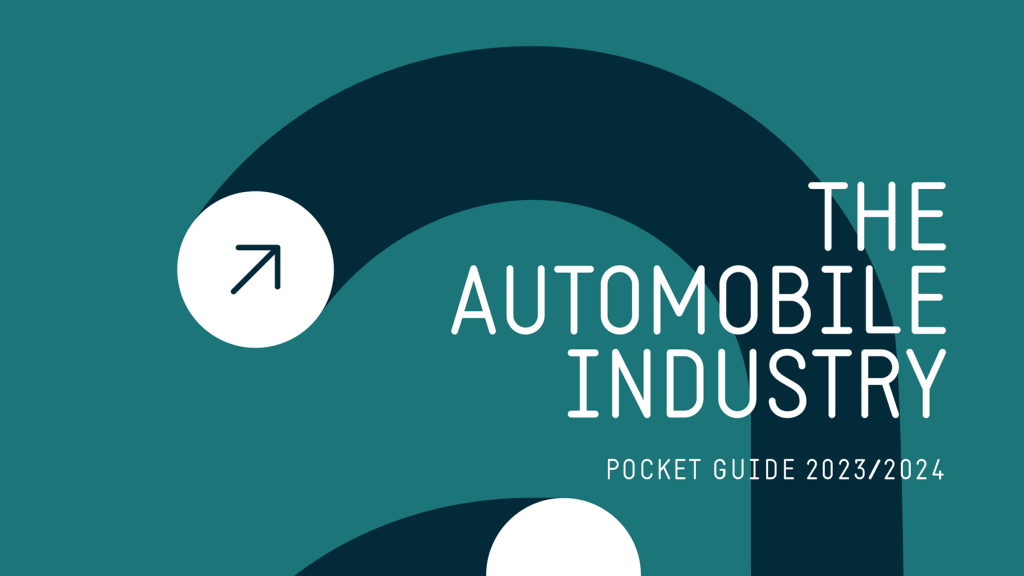Trucks: what they are and why they are so important

Road freight transport is the backbone of trade and commerce on the European continent. Trucks carry 75% of all freight transported over land in the European Union.
What are trucks?
- The European classification system defines trucks as “motor vehicles with at least four wheels, used for the carriage of goods”. They have a mass of more than 3.5 tonnes.
- Under this system, trucks are either classified in the N2 category (weighing more than 3.5 tonnes) or N3 (weighing more than 12 tonnes).
- N3 vehicles are also referred to as ‘heavy trucks’ or ‘heavy commercial vehicles’.
- The end-use of trucks varies widely – they may for instance be used for long-haul or regional delivery, for construction or for municipality use.
- Depending on their mission, most trucks are custom-built on an individual basis, often in a multi-stage process, in order to meet specific requirements. They can vary from the number of axles to the size of the engine, fuel tank, or cab, to the height of the chassis.
- When taking the complete vehicle into account – a rigid body or a tractor plus a trailer – the truck market becomes even more complex. There are literally thousands of shapes and sizes of trucks.
Why are trucks so important?
- Road freight transport is the backbone of trade and commerce on the European continent.
- Trucks carry 75% of all freight transported over land in the European Union.
- Trucks function as part of a logistics chain whose components also include inland waterways, shipping, air and rail transport. While separately, each has its own advantages, combined they form an integrated system.
- The other transport modes also depend on trucks to transfer freight to and from depots, rail terminals, airfields, and ports.
- Not only do trucks remain the most flexible, responsive and economic mode of transport for the vast majority of goods and freight, they are also essential to the functioning of the larger, integrated European logistics and transport system.
- Most of our daily necessities, such as fresh food from the supermarket or corner shop, electronics and appliances, clothing, and so on, depend on trucks at some point in the distribution chain.
- Many essential public services are delivered by trucks, such as garbage collection, fire and construction services.
Road freight transport is the backbone of trade and commerce on the European continent. Trucks carry 75% of all freight transported over land in the European Union.
In figures
- 6 million – Today, there are more than 6 million trucks in circulation throughout the EU.
- 14.1 years – The average age of Europe’s trucks is 14.1 years.
- 327,896 new trucks were sold in the EU in 2024, a decrease of 6.3% compared to 2023.
- 32 – There are 32 truck assembly plants in Europe.
- 603,437 trucks were manufactured in the EU in 2023.
- 166,030 trucks (over 5 tonnes) were exported worldwide in 2023, worth €7.7 billion.
- €6 billion – Trucks generate an annual trade surplus of €6 billion for the EU.
- 50% of heavy trucks built in the United States now come from European-owned factories, based on European technology.
- 95.1% of all new trucks sold in the European Union are powered by diesel, and 0.03% by petrol.
- 2.3% – Electrically-chargeable trucks (battery electric, plug-in hybrid) together represent 2.3% of new registrations.
- 0.1% – Trucks with electrically-chargeable powertrains represent only 0.1% of the current heavy truck fleet.
- 3,444,956 people are employed in the road freight transport sector.
- 150 km – In modern economies, 73% of road freight tonnage is carried over distances of 150km or less, along routes for which no other form of transport would be realistic. Less than 2% gets carried over 1,000 km.
- 36% – Despite the increase in freight transport, fatalities involving heavy goods vehicles decreased by 36% between 2010 and 2023.
166,030 trucks (over 5 tonnes) were exported worldwide in 2023, worth €7.7 billion.
Content type
Fact
Vehicle types
All vehiclesCommercial vehiclesTrucks


